Reverse Mentorship: 6 Best Practices
Transcend generational gaps and help young employees take on new leadership opportunities at your company using reverse mentorship.
People often believe that the older you are, the more hard and soft skills you will have accrued in your line of work. While this is partly true, younger employees are also capable of teaching company leaders about everything from social issues to social media.
Traditional notions of mentoring involve senior leaders guiding new staff. Now, many forward-thinking companies are opting to flip mentorship on its head by allowing newer employees to teach their older teammates. The practice can supplement traditional mentoring, making organizations more collaborative and efficient at every level.
Let’s explore reverse mentorship, its benefits, and six best practices for your team.
- What is reverse mentorship?
- Benefits of reverse mentorship
- 6 reverse mentorship best practices
- Examples of reverse mentorship
What is reverse mentorship?
Reverse mentoring is the process by which a younger employee or mentor provides input and advice to an older employee at their organization. Most notably, younger Gen Z and millennial employees are encouraged to teach older mentees about topics like technology and digital trends.
The purpose of mentorship in the workplace is to help mentees tap into the knowledge of those with more experience than themselves to learn faster and be more efficient at work. Reverse mentorship is no different. The idea is that everyone can benefit from mentorship, whether someone is a seasoned professional or just beginning their career.
“Typically when people think of mentoring, they think of somebody more senior, providing perspective, insights, and advice to somebody more junior. I think that’s been the more traditional definition. Reverse mentoring is meant to acknowledge that we can all learn from each other.”
— Sarah Gretczko, Supermanagers episode #68
Benefits of reverse mentorship
- Improves employee retention
- Helps close generational gaps in the workplace
- Promotes diversity
- Fosters continuous growth
- Boosts creativity
1Improves employee retention
The Great Resignation has made employee turnover an ongoing challenge. What if we told you that reverse mentorship could improve retention at your company? Research shows that when you give newer employees the chance to make a difference, they may stick around for longer periods. Reverse mentorship can improve camaraderie among teammates and create a more inclusive company culture as well. It’s a win-win for everyone!

Run delightful mentor meetings
Increase meeting engagement and productivity with a collaborative agenda that the whole team can contribute to. Try using a tool like Fellow!

2Helps close generational gaps in the workplace
Generational gaps refer to the difference in behavior and outlook between groups of employees who were born at different times.
Reverse mentorship is especially important to close generational gaps in the digital era. Young employees are often digital experts by nature. For example, millennials often have more expertise with digital tools than baby boomers, and, therefore, can lend their tips on everything from TikTok to the latest project management software. Junior employees can use reverse monitoring sessions to their advantage as well by asking their older colleagues questions about decision-making, company policies, and possible career trajectories.
3Promotes diversity
Diversity and inclusion are vital to every company’s long-term success. Reverse mentorship gives underrepresented employees a chance to work closely with senior leaders in their organizations. Harvard Business Review found that mentorship programs focused on specific identity groups led to a stark increase in leadership positions and opportunities for minority employees. Reverse mentorship also gives company leaders critical new perspectives, making it an effective diversity and inclusion practice for any progressive organization.
4Fosters continuous growth
Team members who learn together grow together. Reverse mentorship can go a long way in helping multiple generations of employees acquire new skills.
When implementing reverse mentorship initiatives, determine what specific skills you want older employees to learn from the younger generation, and vice versa. Let’s say you want young mentors to help baby boomer employees to gain digital skills. Simultaneously, you hope the older generation will teach younger employees about established company policies during their mentorship sessions. In this scenario, both parties are working together to grow their individual skill sets. Empower emerging leaders to influence change within their current rank and they will simultaneously develop communication skills and gain self-confidence.
5Boosts creativity
Young employees often embrace open-mindedness, innovation, and creative problem-solving. Reverse mentorship can help older employees with established routines develop new ways of thinking and doing at work. Creativity at work is essential for solving complex problems, especially in our fast-paced digital era. Young employees can help older employees experiment with different ideas in a safe judgment-free space, leading to new processes and systems that benefit everyone.
6 reverse mentorship best practices
- Be strategic when matching mentors
- Establish metrics for measuring success
- Communicate effectively
- Set clear goals and expectations
- Conduct regular check-ins
- Remain open-minded
1Be strategic when matching mentors
Be intentional about how you match each mentor and mentee. First, determine what hard or soft skills you want each older employee to develop and match them with a younger employee who is equipped to teach them these skills. For example, if you have a new high-level manager who finds your company’s organizational structure confusing, you can pair them with a keen mid-level executive who has been with the company for a few years.
Next, set up an initial meeting between the two individuals to see if they are a good match. The two employees should have chemistry, meaning that they should get along well and be open to providing feedback to one another.
2Establish metrics for measuring success
Successful reverse mentorship requires clearly defined goals. Both parties should know what to expect from the working relationship, including what the results should look like. Establish metrics to measure success throughout the process. Help each group create a rubric to ensure that the mentorship is helping both individuals improve their skills.
OKR stands for objective and key result. Did you know that the OKR methodology is used by some of the world’s most successful companies to transform big goals into actionable results? Set and track OKRs as part of your reverse mentorship meeting workflow using Fellow.

3Communicate effectively
A reverse mentorship relationship is a perfect place to practice effective communication skills. Both parties should address one another respectfully and openly throughout each mentoring session. Encourage active listening techniques that help older employees and younger ones build trust with each other, and ensure younger employees are patient with older staff throughout the teaching process.
4Set clear goals and expectations
Every successful meeting has a plan. When planning reverse mentorship initiatives, have each mentor-mentee pairing decide on clear goals and expectations for their mentoring sessions.
Use our collaborative SMART goal-setting meeting template to set objectives and discuss new skills using specific, measurable, attainable, relevant, and time-based goals. Circulate the template to all mentee-mentor pairs so each group can decide together what they want to achieve.

5Conduct regular check-ins
Conduct a check-in with each mentor-mentee pairing regularly to ensure they are continuing to meaningfully collaborate and learn from one another. The relationship should be beneficial for both parties. During check-ins, ask the group about their priorities, challenges, roadblocks, concerns, action items, and what they’ve learned so far.
Use these meetings to track progress and assess the impact of the reverse mentorship initiative on your team and on company-wide business goals.
6Remain open-minded
Open-mindedness is the willingness to hear another person out or even allow them to change your mind based on their perspective. Mentorship is best enjoyed with an open mind and an open heart, so ensure that each mentee and mentor is up to the challenge. Encourage participants to maintain a growth mindset during each mentoring session.
“Open your mind to the possibility that even though they’re coming from the wrong standpoint, they’ve still got an input that is useful to you. And there’s something valuable in their feedback. So whenever somebody criticizes, take something from it.”
— Paul Sloane, Supermanagers episode #84
Examples of reverse mentorship
Examples of a reverse mentorship relationship include:
- An editor at a business publication receiving mentorship from a junior reporter on digital storytelling
- A VP of sales receiving coaching from a recent marketing grad on how to use social media to identify new business leads
- A Gen Z employee mentoring a baby boomer on how to use TikTok as a marketing channel
- A millennial teaching a Gen X accountant how to integrate QuickBooks Online with Slack to improve asynchronous communication
Parting advice
Empower emerging leaders to take on new leadership opportunities at your company using reverse mentorship initiatives. Remember that the Gen Z and millennial employees of today are the rockstars and C-suite-level executives of tomorrow.
Reverse mentorship may have been created to address modern work challenges, but it’s really about fostering ideas of mutual understanding. Make your workplace even better by adopting the practice in your company today.




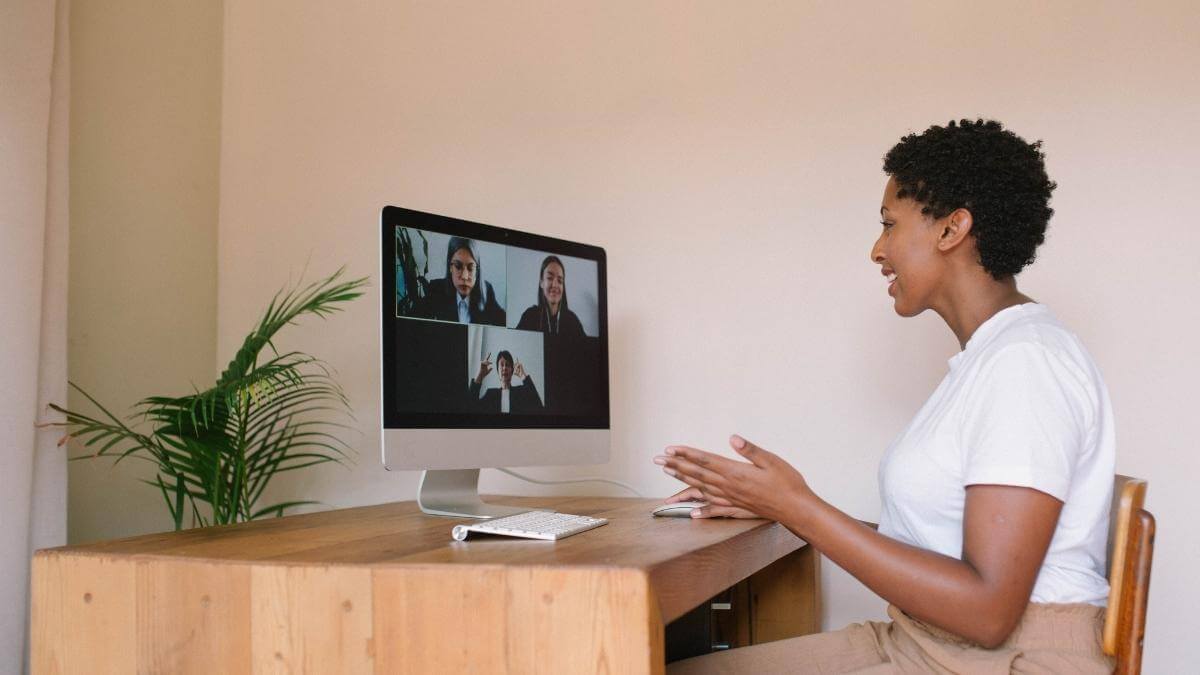




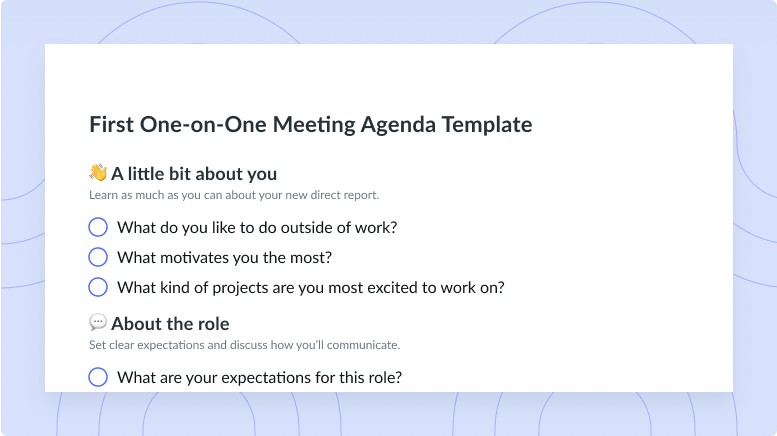
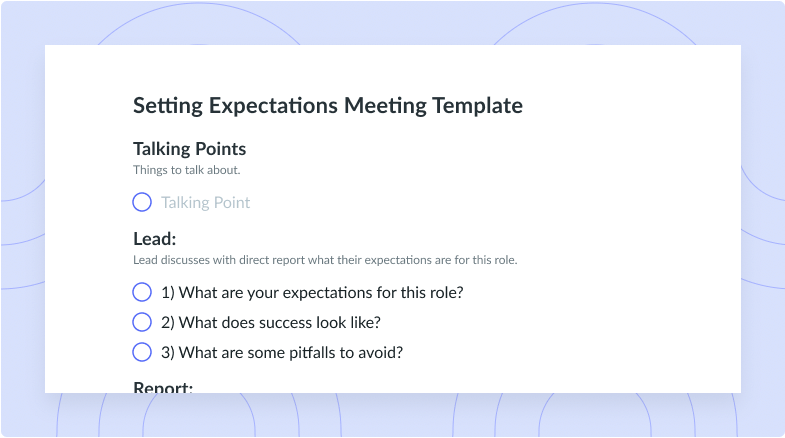
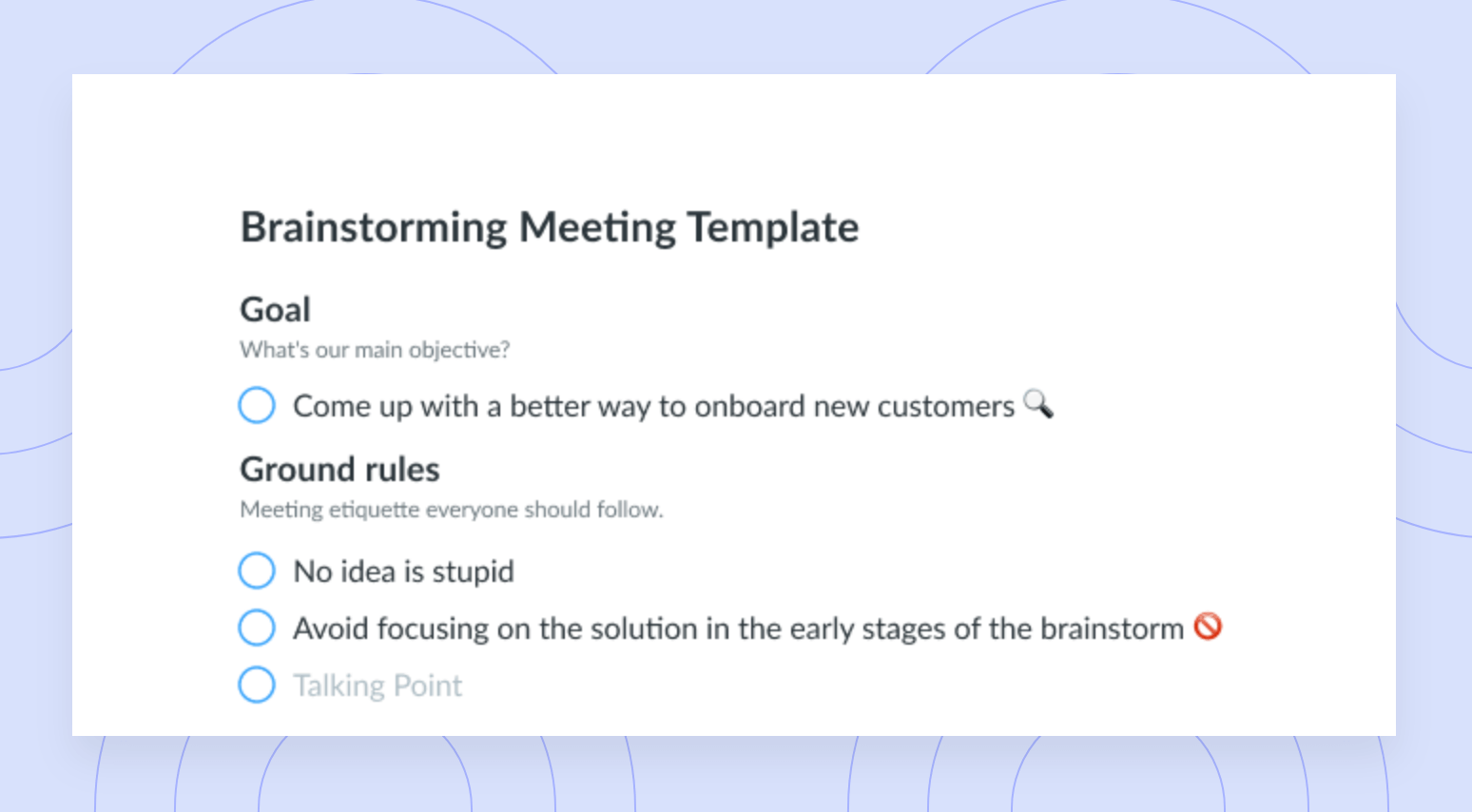
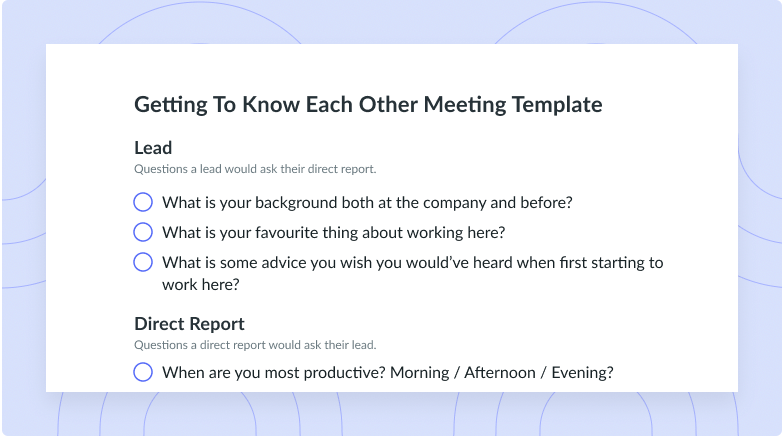
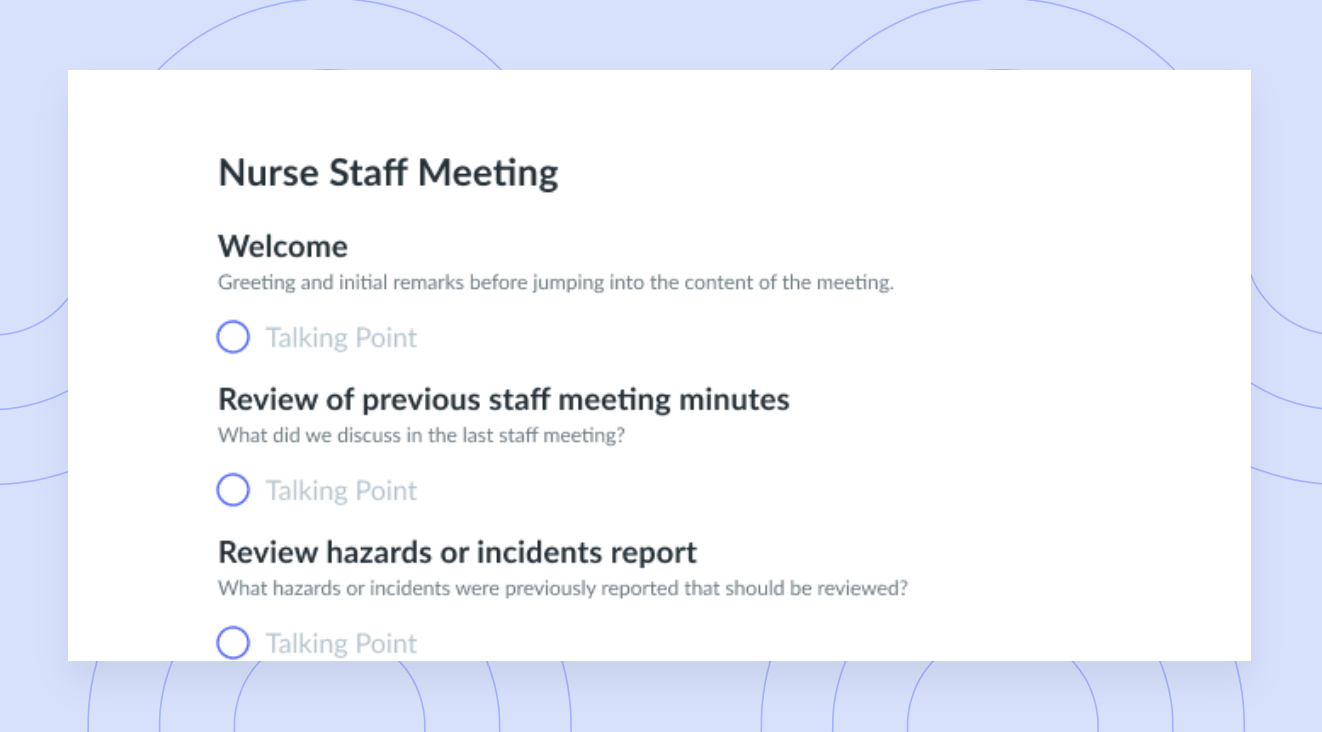
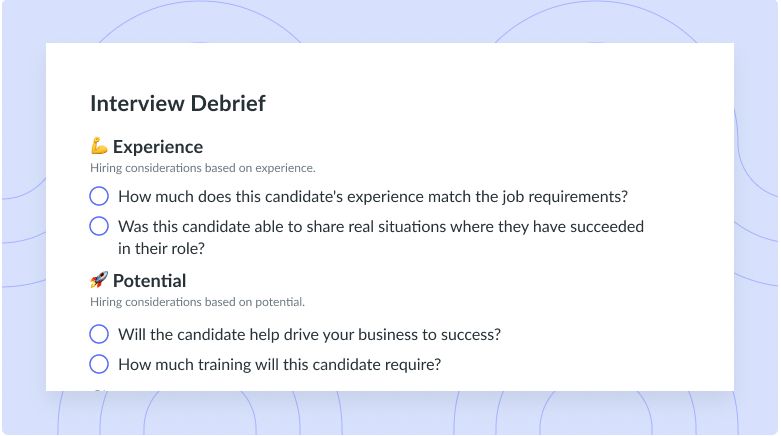
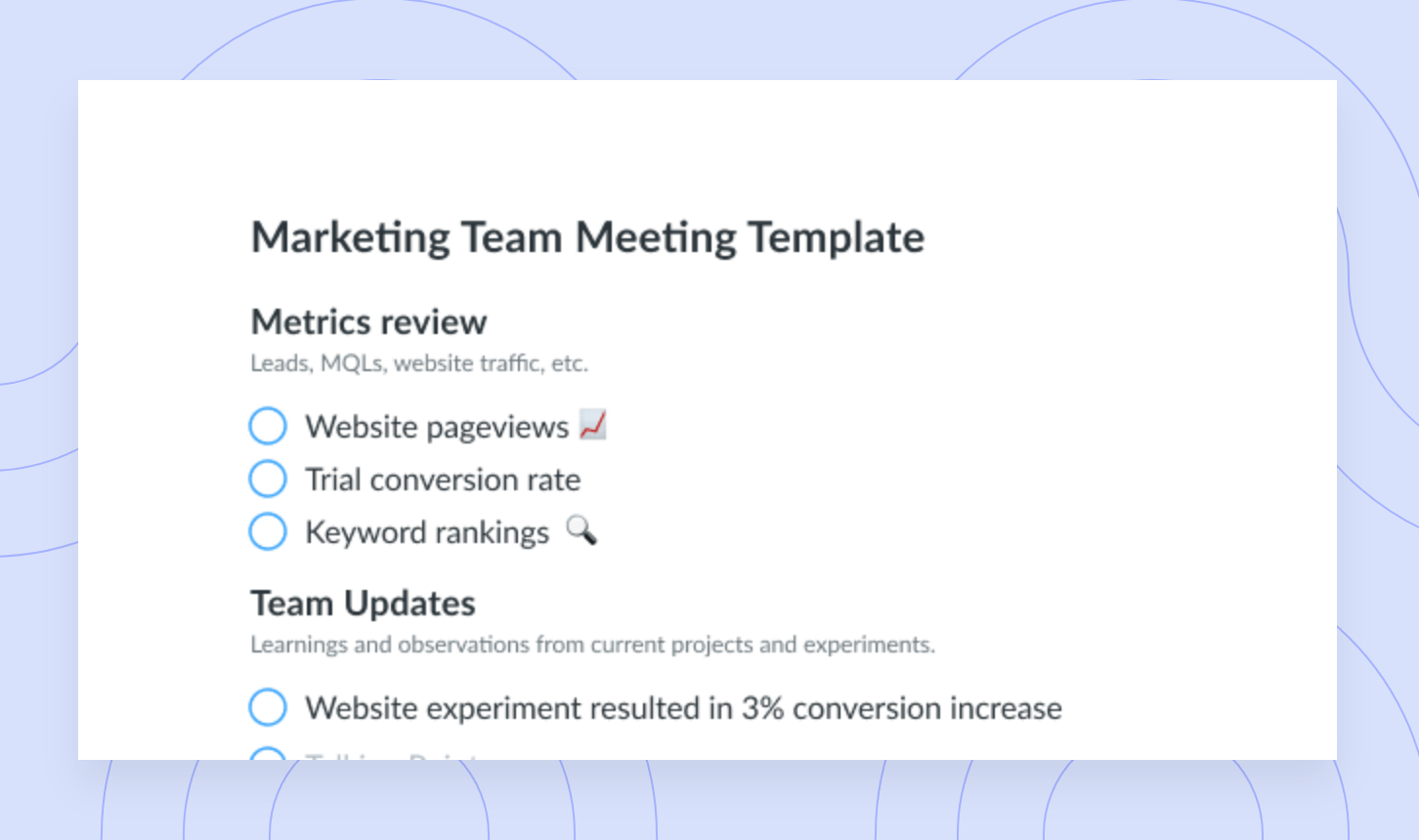
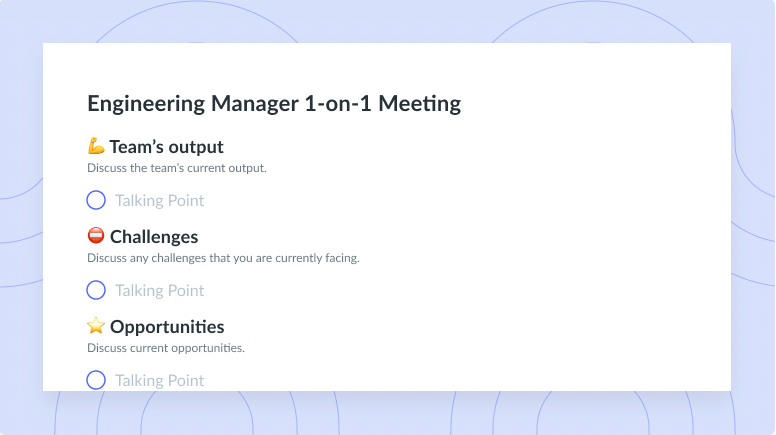
![What? So What? Now What? [Reflection Meeting] Template](https://fellow.app/wp-content/uploads/2021/08/What-So-What-Now-what-preview-v2.png)











